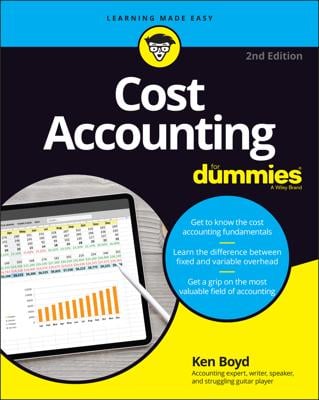Depreciation has a positive impact on cash flow for a business. Fixed assets wear out and lose their economic usefulness over time. Some fixed assets last many years, such as office furniture and buildings. Other fixed assets last just a few years, such as delivery trucks and computers.
Accountants argue, quite logically, that the cost of a fixed asset should be spread out or allocated over its predicted useful life to the business. Depreciation methods are rather arbitrary, but any reasonable method is much better than the alternative of charging off the entire cost of a fixed asset in the year it is acquired.
A business has to pass the cost of its fixed assets through to its customers and recover the cost of its fixed assets through sales revenue. A good example to illustrate this critical point is a taxicab driver who owns his cab. He sets his fares high enough to pay for his time; to pay for the insurance, license, gas, and oil; and to recover the cost of the cab.
Included in each fare is a fraction of the cost of the cab, which over the course of the year adds up to the depreciation expense that he passed on to his passengers and collected in fares. At the end of the year, he has collected a certain amount of money that pays him back for part of the cab’s cost.
Fixed assets are gradually liquidated, or turned back into cash, each year. Part of sales revenue recovers some of the cost of fixed assets, which is why the decrease in the fixed assets account to record depreciation expense has the effect of increasing cash (assuming your sales revenue is collected in cash during the year). What the company does with this cash recovery is another matter. Sooner or later, you need to replace fixed assets to continue in business.

